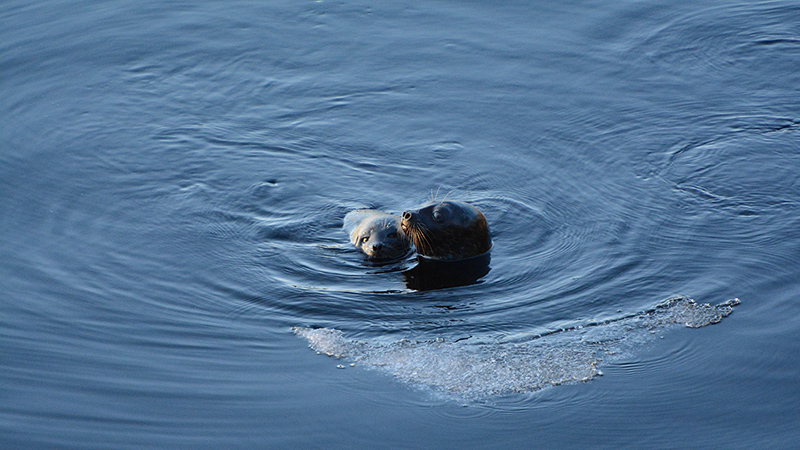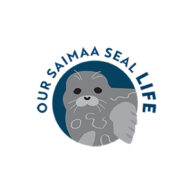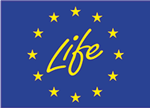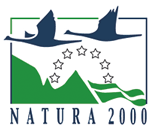Our Saimaa Seal LIFE

What´s New
Record-breaking 100 seal pups born in Lake Saimaa (press release 2.6.2023)
The rules for the ringed seal tourism entrepreneurs and tourists – how to take the seal into account correctly when moving on lake Saimaa.
The Saimaa ringed seal will keep on diving when we join forces to protect it.
The Saimaa ringed seal is one of the world’s rarest and most endangered seals. It is our responsibility to ensure that future generations will also be able to see a Saimaa ringed seal resting on rocks or diving in open water. Authorities, researchers, and hundreds of volunteers are working year in and year out to protect these seals.
We have a long-term experience of working and planning together, and the amount of the seals has increased a little in the last years. However, the species is still threatened by deaths in the fishing nets and the climate change. We need new methods for conservation, and together we will find them!
In the project video you can get aqcuainted with our work and targets (youtube.com).
Saimaa ringed seals are usually less than 1.5 metres long and weigh less than 90 kilos. The fur of each individual seal has a unique pattern, and the seals can be identified by it like humans can be identified by their fingerprints. Saimaa ringed seals moult once a year, but the patterns in the fur remain unchanged. At moulting time in May the seals lie on rocks along the shore to dry their fur.
The seals have their own favourite spots where they lie every summer. If you find a spot where seals like to rest, do not approach or scare the animals from the shore. With luck, you might be able to monitor their life for many years.
This is what we do – the main goals of the project
Research
In the photo-ID study we are further developing the identification of individual seals through photographs.
We will examine the genome of the Saimaa ringed seal. Based on the results, we will make decisions on if there is a need to translocate some seals within the lake Saimaa, to facilitate the gene flow among the Saimaa seal breeding areas. The purpose is not to move seals to new areas, but rather to stay in their present habitat.
To adapt to climate change we will test various artificial nest structures that can accommodate the seals when there is little or no snow in the winter.
We will develop new instruments for monitoring the population. They will be needed, as due to the climate change, the nesting lair inventories may not be possible in the future because of warmer spring time and loss of ice and snow. Nowadays, the amount of the new pups is assessed by examining the lairs in late spring when the seals have left the lairs.
Seal translocation within Saimaa to start in the coming summer (press release 8.2.2023).
Protection
During the project, we will improve awareness about the protection of the Saimaa ringed seal and take measures to increase general acceptance of conservation.
Research work for the development of seal-safe fish traps will continue. A seal-friendly fyke net is to be developed for recreational fishing.
We will improve the supervising of fishing restrictions together with the owners of water areas.
During the project we will also take actions to improve the situation of the Baltic ringed seal in the Archipelago Sea.
Materials
Plans, reports and other materials delivered by the project are in mainly in Finnish but you will find materials in English, too.
Funding and duration of the project
The total budget of the project is € 7.1 million, of which € 5.3 million is coming from the EU. The project also gets funding from the Ministry of the Environment, the Regional Council of South Karelia, the Nestori Foundation, and the Raija and Ossi Tuuliainen Foundation.
The opening and closing years are 2020 and 2025.
Contact information:
The project is headed by Metsähallitus, Parks & Wildlife Finland.
Project Manager Jari Ilmonen
tel.int. +358 206 39 4718
jari.ilmonen@metsa.fi
Read more about the species conservation and the former LIFE project:
The project has received funding from the LIFE Programme of the European Union. The material reflects the views by the authors, and the European Commission or the CINEA is not responsible for any use that may be made of the information it contains.
Last updated 8 June 2023


